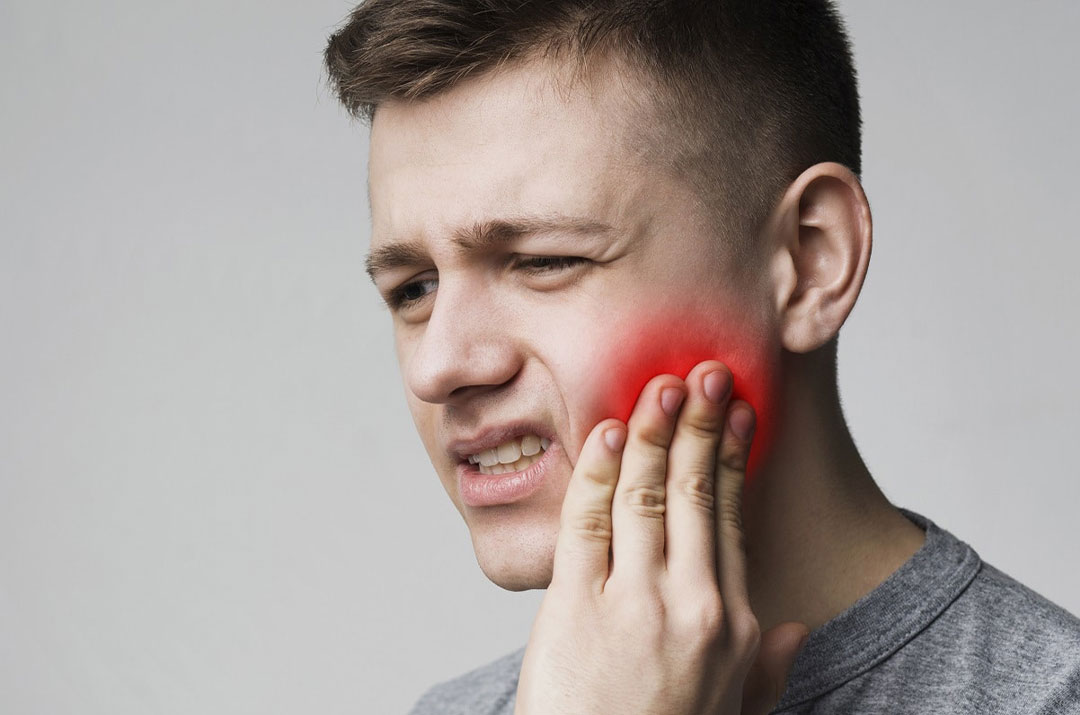Heart disease remains one of the leading causes of mortality worldwide, with men being particularly susceptible to its effects. It is also known as cardiovascular disease, refers to a range of conditions that affect the heart and blood vessels. It encompasses various conditions such as coronary artery disease, heart failure, arrhythmias, and valvular heart disease. According to the World Health Organization, heart disease is responsible for approximately 17.9 million deaths globally each year, accounting for nearly 31% of all deaths. Men, in particular, face a higher risk of developing heart disease compared to women. This increased susceptibility is attributed to several factors, including hormonal differences, genetic predisposition, and lifestyle choices. Detecting heart disease in its early stages is crucial for effective prevention and treatment. Unfortunately, many individuals are unaware of the subtle signs that may indicate underlying cardiovascular issues.
In this article, we will explore the early signs of heart disease in men, equipping readers with the knowledge to identify warning signals and seek medical attention promptly.
Early Signs of Heart Disease
Chest Discomfort
Chest discomfort is one of the classic early signs of heart disease in men. It may manifest as pressure, squeezing, or a feeling of fullness in the chest. Men experiencing this discomfort may describe it as an elephant sitting on their chest. The pain may spread to the arms, neck, jaw, or back. If you experience persistent chest discomfort, it’s important to consult a healthcare professional to detect any underlying heart conditions.
Shortness of Breath
Unexplained shortness of breath during routine activities or minimal exertion can indicate an early sign of heart disease. This symptom develops as a result of the heart’s reduced ability to pump blood efficiently, which results in insufficient oxygen delivery to the body. If you find yourself becoming breathless easily, even with minimal physical activity, it’s crucial to get evaluated by a healthcare provider.
Fatigue and Weakness
Persistent fatigue and weakness that interfere with daily activities can be an early indicator of heart disease in men. The heart’s compromised ability to pump blood efficiently can result in reduced oxygen supply to the muscles, leading to feelings of exhaustion. Fatigue that does not improve with rest should be taken seriously, as it may signify an underlying heart condition.
Dizziness and Lightheadedness
Men with heart disease often experience episodes of dizziness and lightheadedness. Reduced blood flow to the brain can result in these symptoms, making individuals feel unsteady or faint. If you frequently feel dizzy or lightheaded, particularly during physical exertion or when standing up suddenly, it’s important to consult a healthcare professional for evaluation.
Irregular Heartbeat
Heart palpitations or an irregular heartbeat, medically known as arrhythmia, can be an early sign of heart disease. Men experiencing abnormal heart rhythms may notice a fast beating, pounding, or fluttering sensation in their chest. It is crucial to monitor and report any persistent or recurrent irregular heartbeats to a healthcare provider.
Swelling in the Lower Extremities
Swelling in the feet, ankles, or legs, known as peripheral edema, can indicate an underlying heart condition. When the heart fails to pump effectively, fluid can accumulate in the lower extremities, causing swelling. If you notice unexplained swelling in your legs or feet, it’s important to seek medical attention to determine the cause and rule out any cardiovascular issues.
Elevated Blood Pressure
High blood pressure, or hypertension, is a significant risk factor for heart disease. While it may not manifest with noticeable symptoms initially, the consistent elevation of blood pressure can put immense strain on the heart, leading to heart disease over time. Regular blood pressure monitoring and maintaining a healthy lifestyle are essential for early detection and management.
Read this Next: Top 10 Health Issues Affecting Men in the 21st Century
Jaw and Neck Pain

Source: https://www.activeptandsports.com/
While chest pain is commonly associated with heart disease, men may experience pain or discomfort in other areas, such as the jaw and neck. The referred pain can be mistaken for dental issues or muscle strain, leading to delayed diagnosis. Unexplained or recurring pain in the jaw or neck, especially in conjunction with other symptoms, should be evaluated by a healthcare professional.
Changes in Cholesterol Levels
Abnormal cholesterol levels, specifically elevated low-density lipoprotein (LDL) cholesterol and reduced high-density lipoprotein (HDL) cholesterol can contribute to the development of heart disease. Regular lipid profile checks are important for early detection and effective management of cholesterol levels. If you have a family history of heart disease or other risk factors, it’s crucial to monitor your cholesterol levels regularly.
Excessive Sweating
Unexplained or excessive sweating, particularly cold sweats, can be indicative of heart disease in men. Profuse sweating often occurs during episodes of angina or heart attacks. Sweating is the body’s response to increased sympathetic nervous system activity, triggered by the heart’s struggle to pump blood effectively. If sweating is frequent and unrelated to temperature or physical activity, it needs medical attention.
Conclusion
Recognizing the early signs of heart disease in men is vital for timely intervention and prevention of life-threatening complications. If you find any of these signs, they should be taken seriously. It is important to note that not all men will experience these symptoms, and some individuals may experience atypical symptoms. Additionally, certain conditions, such as silent ischemia, can present with no symptoms at all. Therefore, regular check-ups and heart health screenings are crucial for early detection.






